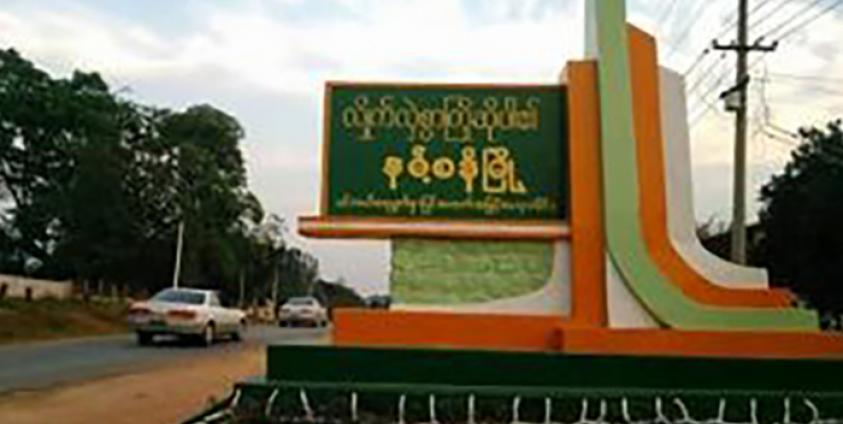SENG PHOO — Authorities in Namzang Township, southern Shan State, have enforced a 7:00 p.m. until 6:00 a.m. curfew on the area until April 30 in what they have said is an effort to prevent the spread of COVID-19.
Nyi Nyi Aung, a General Administration Department (GAD) officer, said that group gatherings are banned, recent returnees from abroad must report to their village headman, and not more than three people in a household should leave the residence to complete daily tasks.
“We don’t want crowds of people gathering. If they don’t have essential reasons, they should not go out of their houses,” the GAD officer said.
There are currently two people being monitored for COVID-19 in Namzang. They have been quarantined and are reportedly in good health.
Nay Zaw Naing, the chair of the Namzang Township National League for Democracy office, said that the local order for a curfew is mainly being enforced to stop people from gathering during the virus outbreak.
“Local people in downtown Namzang are following the local order,” he said.
He added that up to 400 migrant workers had recently arrived in the township from Thailand through the border crossing in Tachileik, on their way to their homes in Magwe Region’s Natmauk Township. The exodus of thousands of migrant workers back to Burma followed mass layoffs as Thailand shut down industry to fight the pandemic, leaving the migrant population destitute.
There are 93 people in Shan State—which has an official population estimate of around 6 million—being monitored for COVID-19. More than 50 have been placed in hospital quarantine. Only one case of the virus has been confirmed.
A minister from the Shan State government revealed to SHAN last week that the state has a remaining US$360,000 in its disaster relief fund dedicated to fighting the coronavirus.
On April 3, the Ministry of Health and Sports reported that there were 20 confirmed cases of COVID-19 in Burma, with one death. Two patients have received medical treatment in an intensive care unit.
Medical experts and human rights activists have noted that the actual number of infections may be much higher than what is being officially reported, as much of Burma’s population has little to no access to healthcare or testing facilities.







